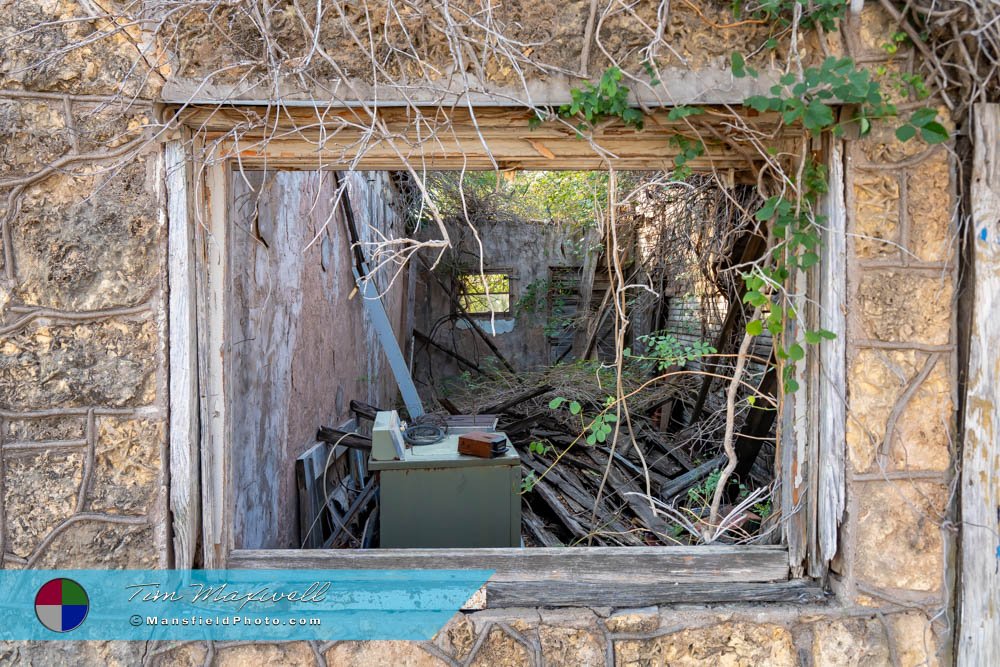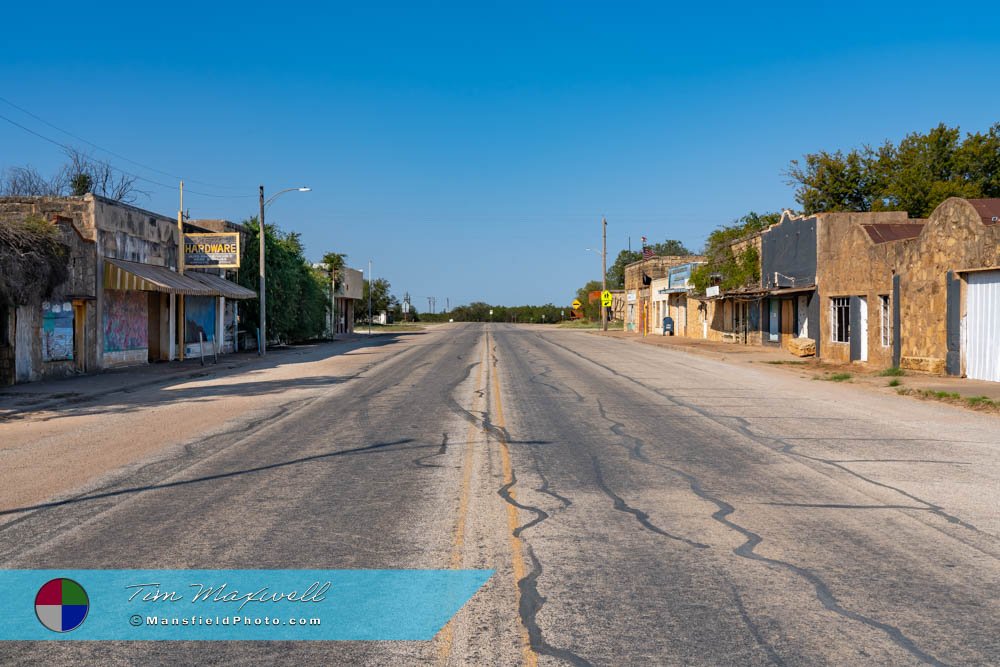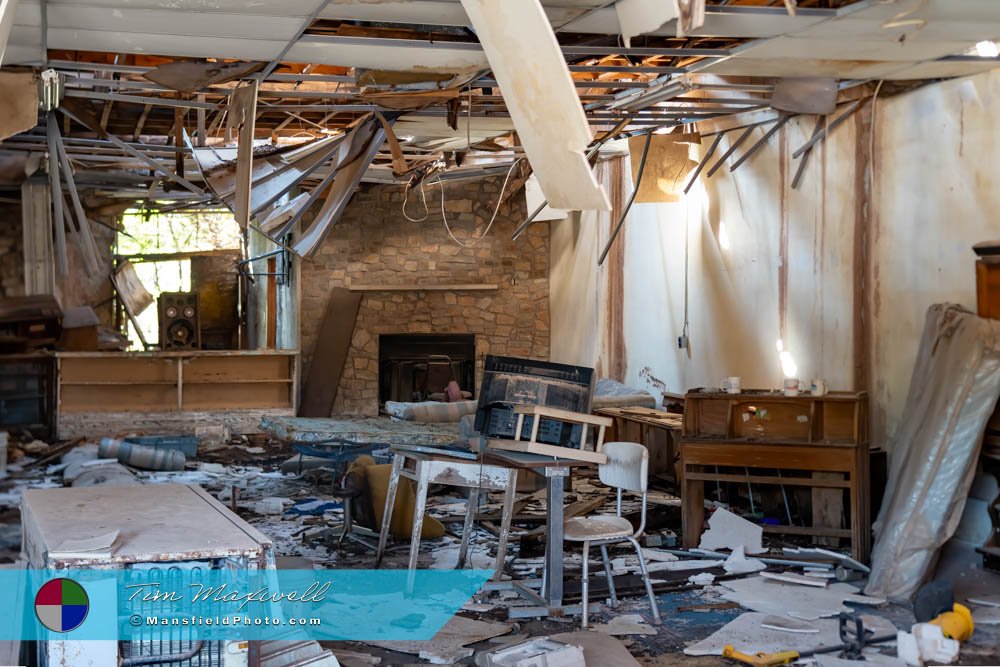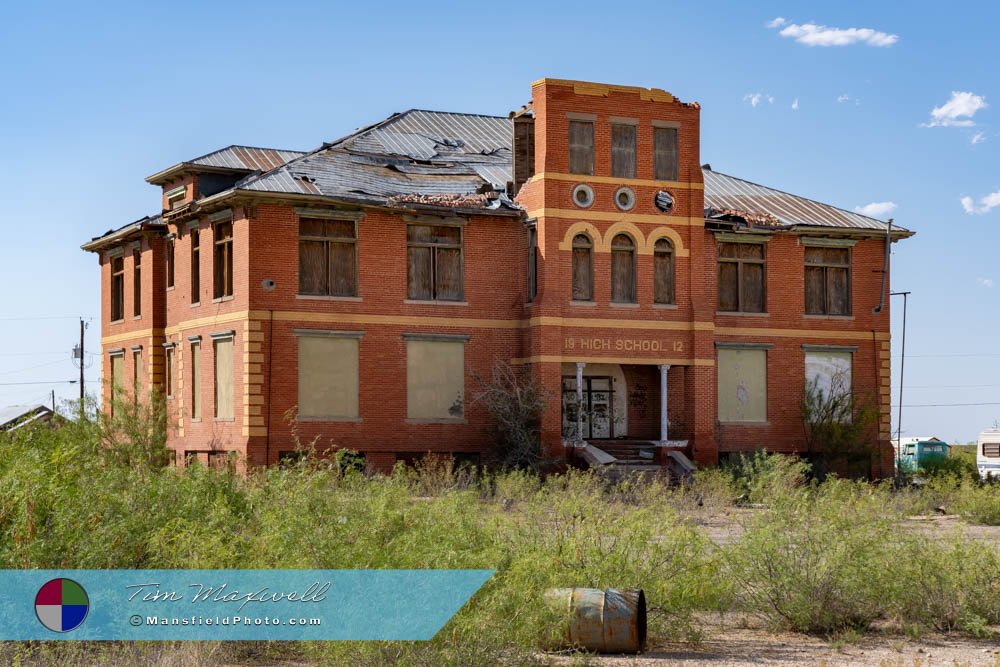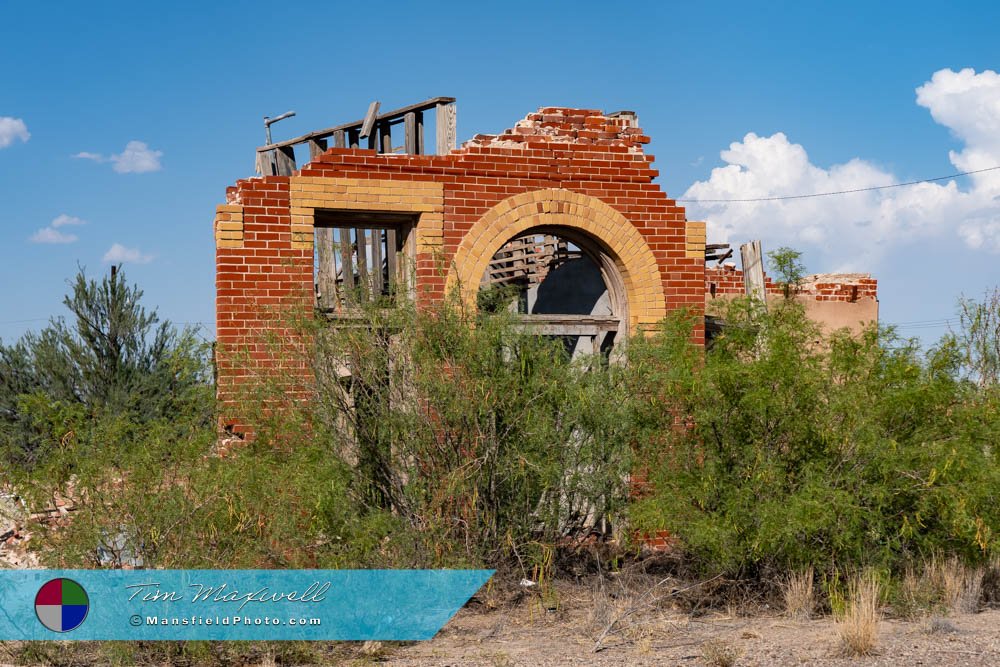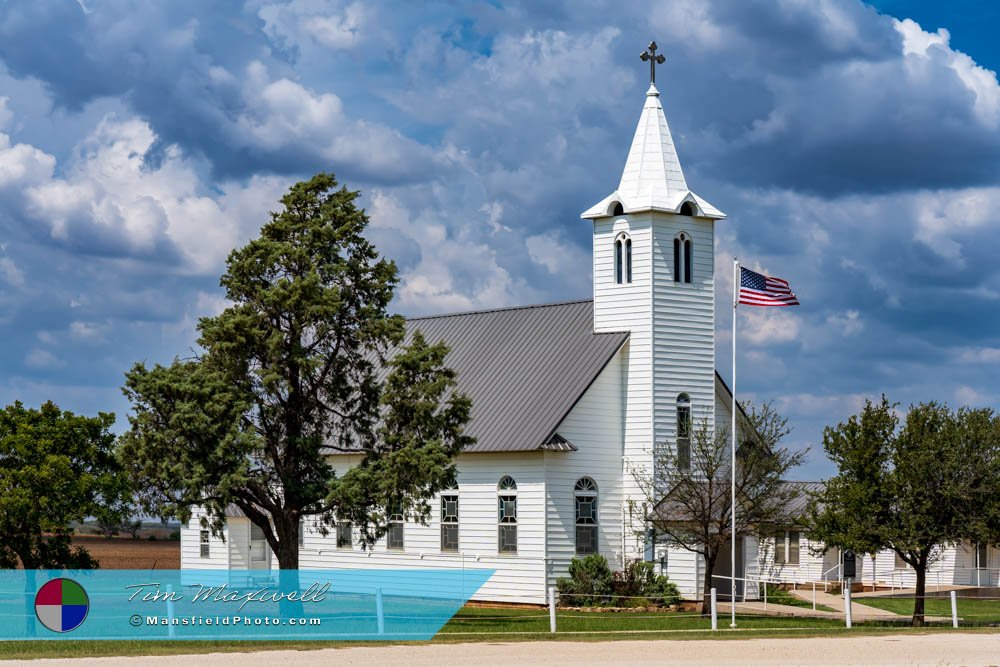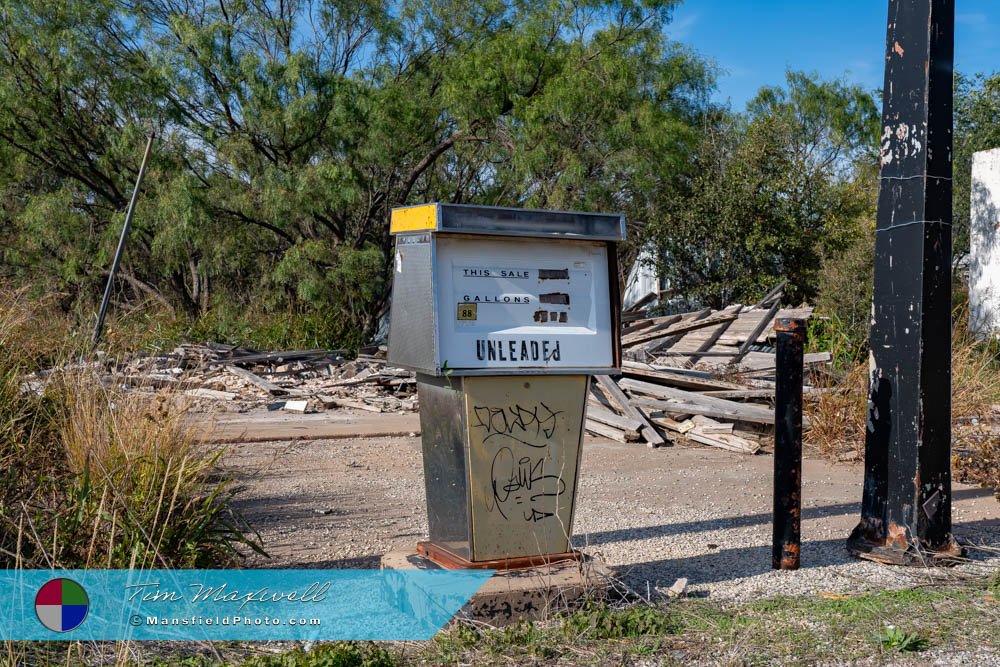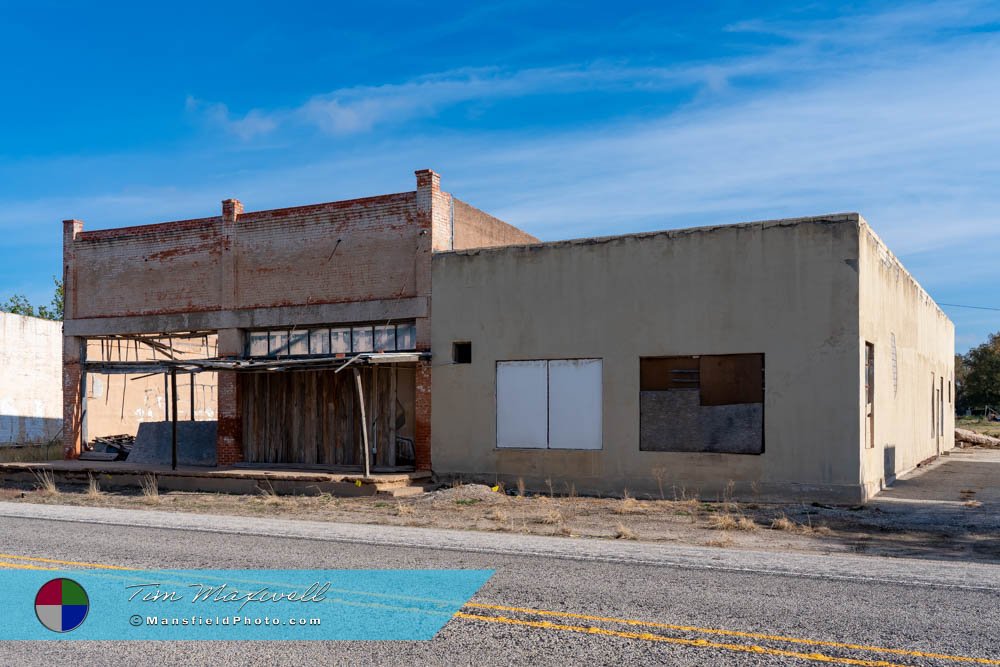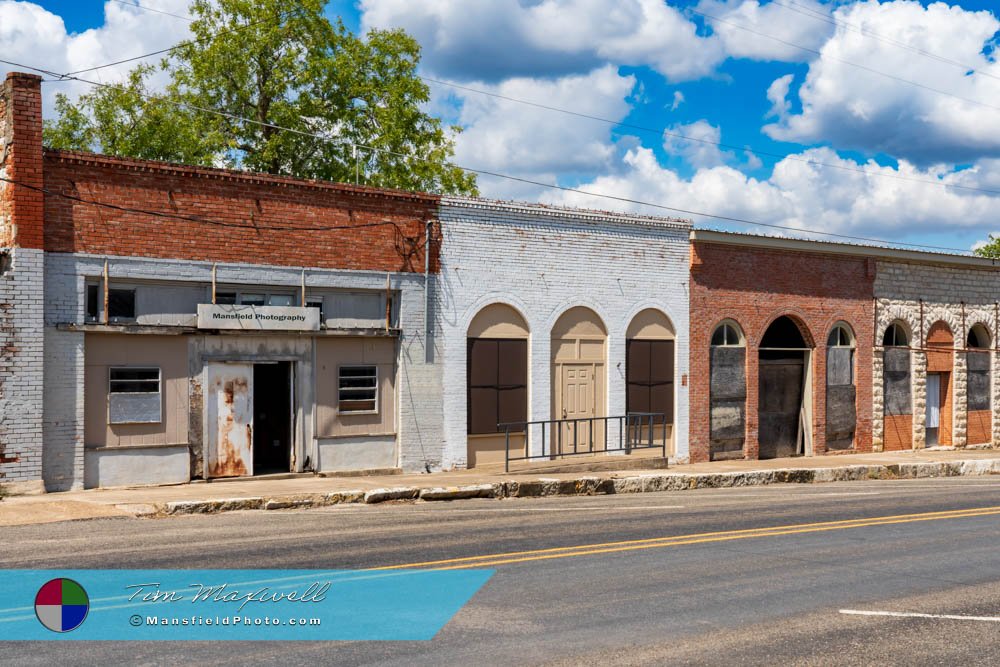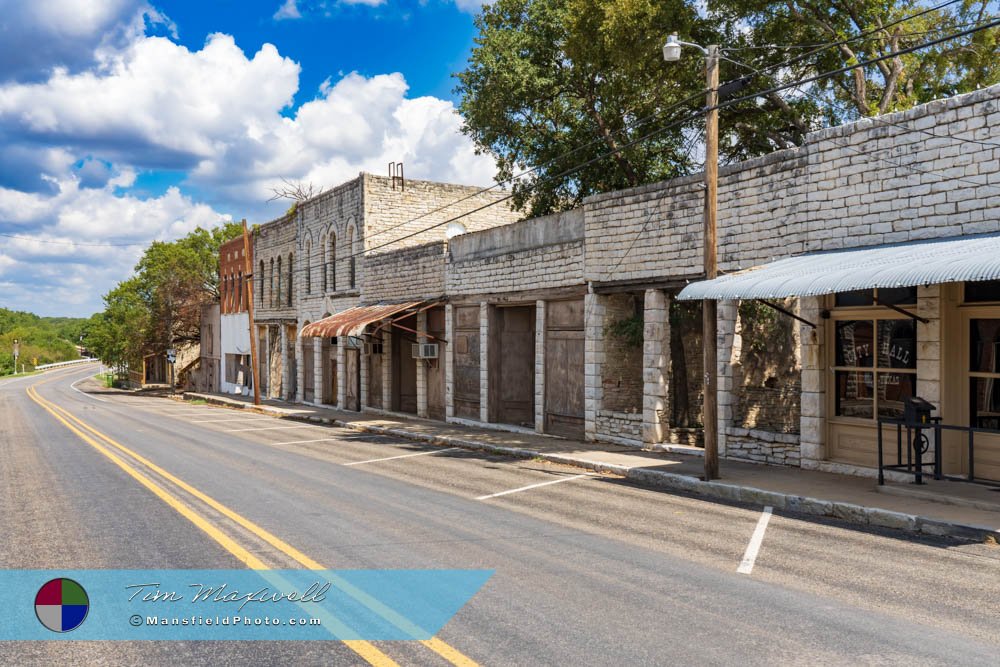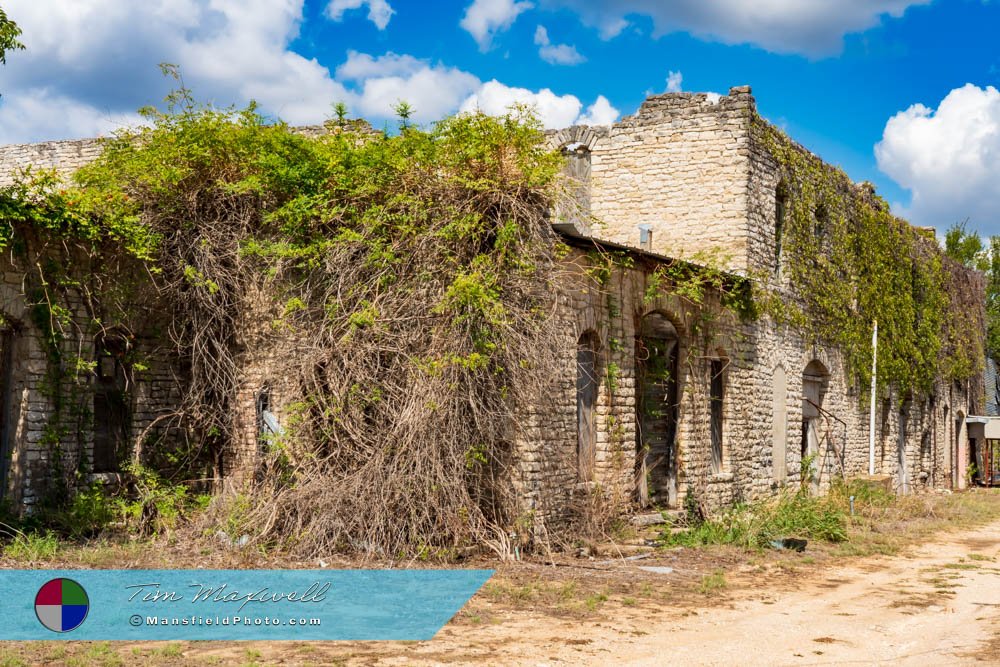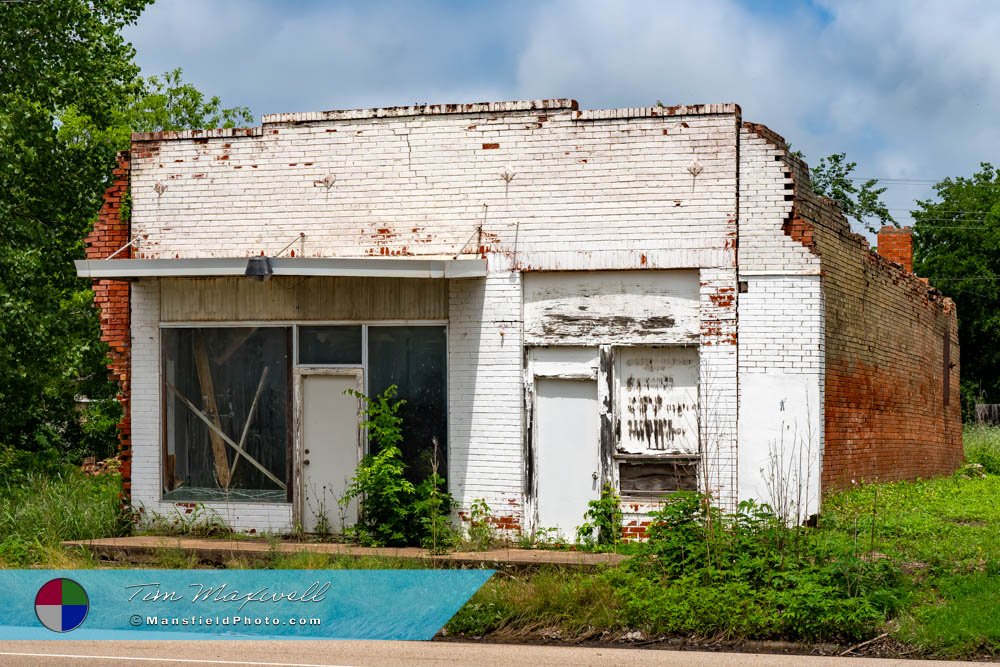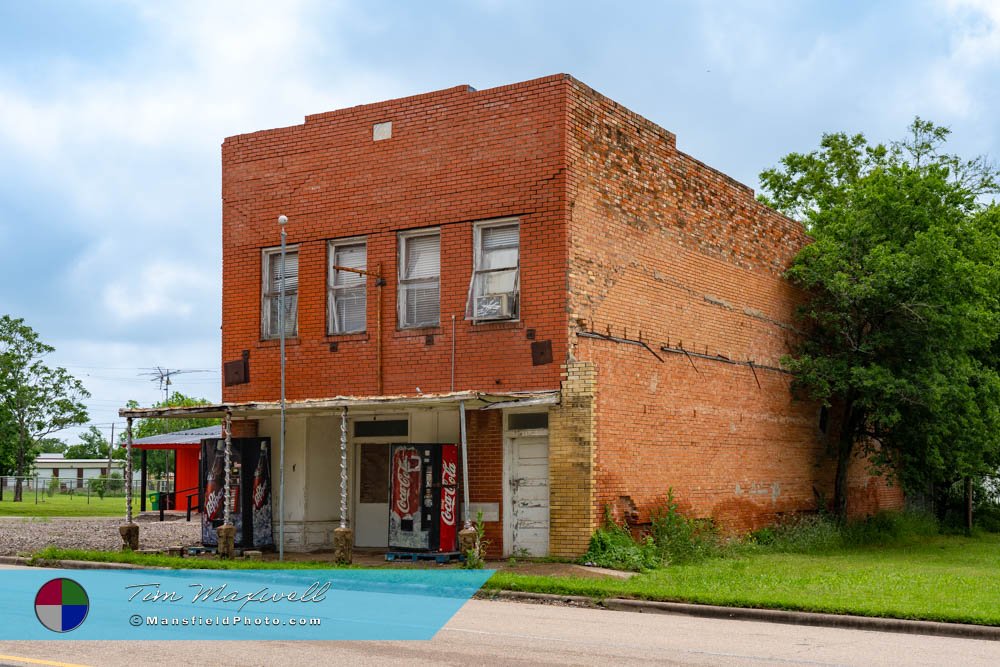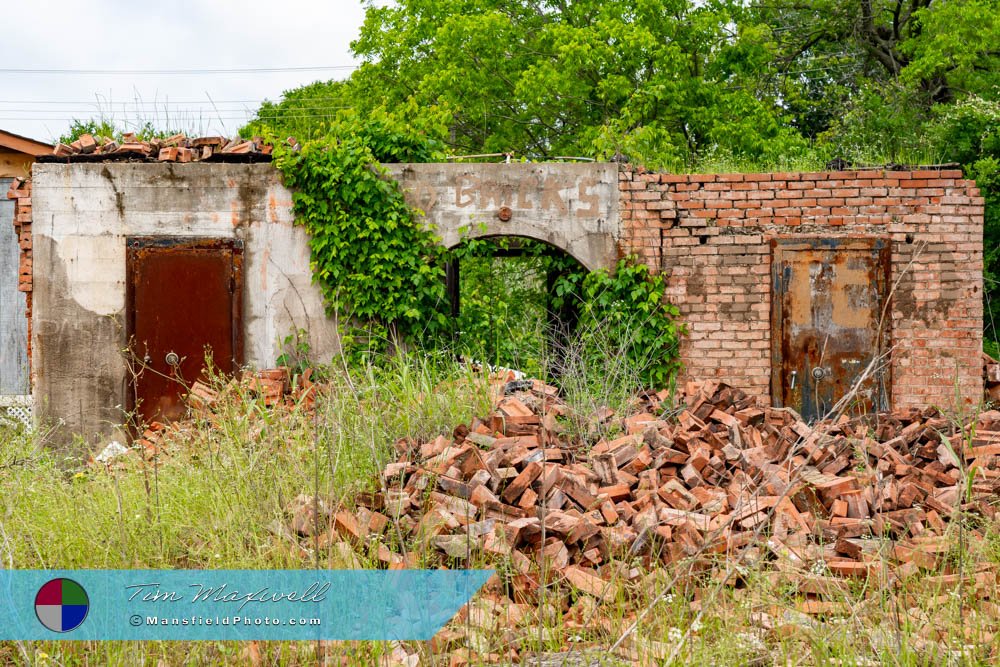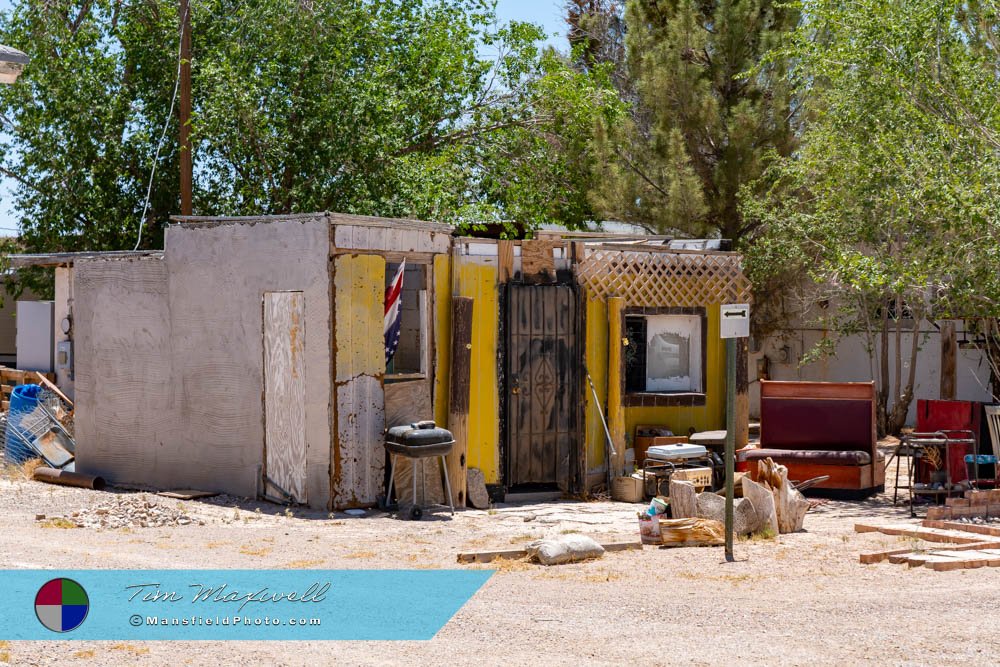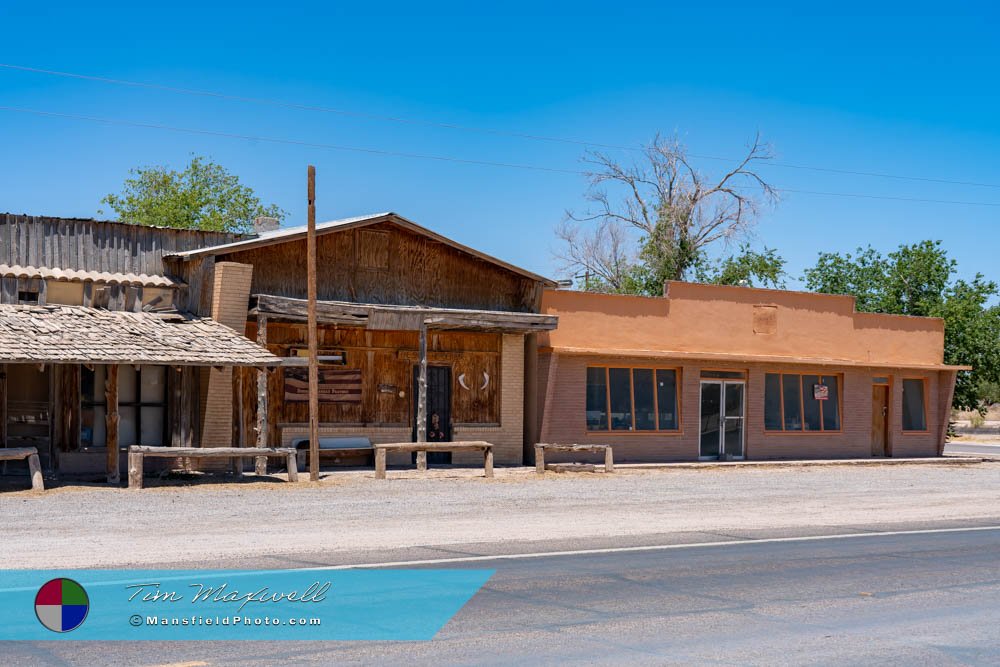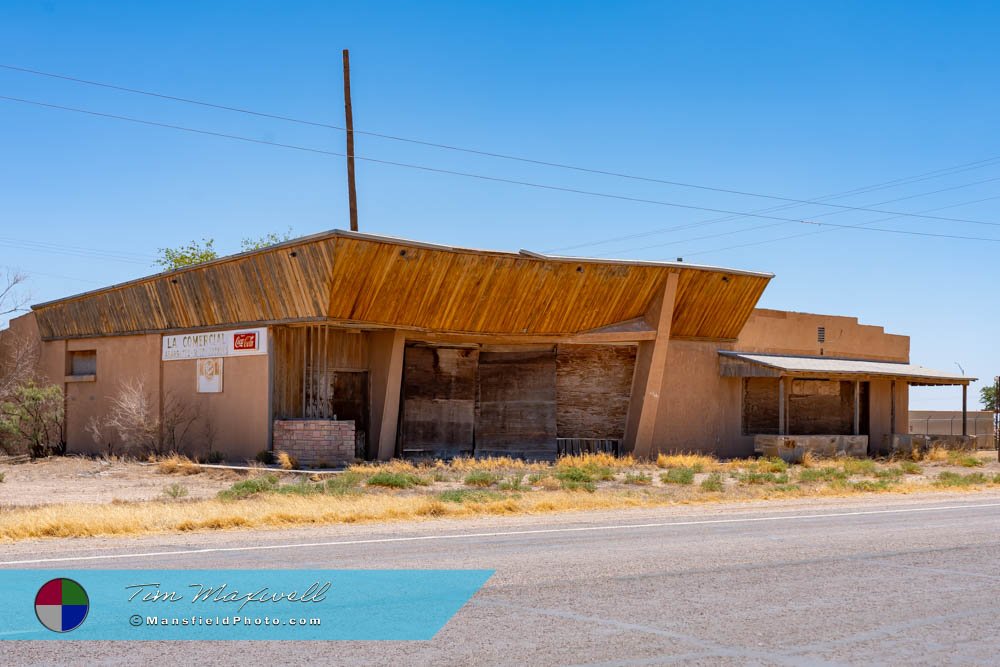Texas is a state of diverse landscapes, history, and culture. But among its vast expanses, some towns have faded into the backdrop of history, leaving behind eerie remnants of what once was. These Texas ghost towns can be intriguing for anyone with an interest in the past, offering a glimpse into the lives of the people who called them home. While the downtown areas may appear empty and abandoned, it doesn’t mean that these places are completely devoid of life. Some still have a handful of residents and are home to local businesses, even if they are far removed from their former glory.
Texas ghost towns arise for many reasons—economic decline, changes in transportation routes, industry shifts, or the eventual fading of what once brought people to these spots. Yet, each town left behind a unique story. Exploring these remnants can uncover fascinating details about how these places once thrived. From the vestiges of old buildings to the quiet roads, here are seven Texas ghost towns that speak to their past in vivid ways.
1. Lueders, Texas – A Quiet End to a Bustling History
Lueders, once a flourishing farming and railroad town, has now all but vanished from the map. In its prime, the town boasted a post office (the only building still in use today), a school, and several businesses that catered to travelers and locals alike. The town’s proximity to major railroads made it an essential stop for both trade and communication in the early 20th century. However, with the decline of rail traffic and the migration of people to more prosperous areas, Lueders faded into obscurity.
Today, the remnants of this Texas ghost town can still be explored, including several old, crumbling buildings and the deserted main street. Though much of the town is uninhabited, a few residents still remain, living in the area or working on nearby properties. It’s a testament to how places, even in decline, continue to hold a connection to their past through the people who stay behind. For photography enthusiasts, Lueders presents an atmospheric setting with its weathered buildings and wide-open spaces, providing a striking contrast to the bustling towns that once defined the region.
2. Toyah, Texas – The Allure of the Ghostly Desert Town
Toyah is one of the more well-known Texas ghost towns, once a prosperous railroad stop with a variety of amenities. Its strategic location on the Texas and Pacific Railway made it a vital hub in the late 1800s. The town boomed with the arrival of the railroad, drawing settlers eager to capitalize on the transportation routes. Toyah had a post office, schools, and thriving businesses, making it an essential part of the region’s economy. However, like many Texas towns, Toyah’s decline came swiftly after the railroad shifted its focus, and economic hardship caused many of its residents to leave.
Now, Toyah’s main street is abandoned, with only a few old buildings standing as quiet reminders of the past. Yet, the town isn’t completely deserted; a few people continue to live in the area, often connected to local ranching or farming operations. The old Toyah Cemetery, where some of the first settlers are buried, offers an intriguing stop for those interested in local history and the early days of West Texas. Despite the fading structures, Toyah’s desert surroundings still reflect a fascinating slice of the past, with much to discover for those willing to look.
3. Megargel, Texas – A Church, a School, and a Texas Ghost Town
Megargel, a small community once bustling with activity, now stands almost entirely still. Located in the northern part of Texas, Megargel was originally a railroad town and became an important stop for those traveling the tracks. The town’s growth was also spurred by agriculture, particularly cotton farming. At its peak, Megargel had a lively downtown area with a school, post office, and several businesses serving the locals. However, as the town’s agriculture industry dwindled and transportation routes shifted, Megargel experienced a steady decline.
Today, the town feels like it’s been frozen in time, with a few key structures still intact, including the now-abandoned schoolhouse and the lone church that once served as a community gathering place. The church remains one of the most notable landmarks, still standing, in use, and well maintained. Though it might seem desolate at first glance, the story of Megargel is far from over. It still has a handful of residents, many of whom are linked to the surrounding farms and ranches. The quiet of the town is only broken by the sounds of livestock and the occasional visitor drawn by its historic past.
4. Wingate, Texas – A Texas Ghost Town Left Behind by Progress
Wingate, a town in Central Texas, was once a key spot for settlers in the area due to its location along the railroad. It became an established community with schools, businesses, and a post office. However, as economic changes took place in the region and transportation routes evolved, Wingate experienced a slow decline. What was once a lively hub for travelers and locals alike is now a town where only a few structures remain, standing as silent reminders of its former vibrancy.
Today, Wingate’s ghostly main street is lined with abandoned buildings that once housed stores and offices. Despite the quiet streets, the town is not completely abandoned. A massive cotton gin, still in operation, anchors the area and serves the needs of local farmers. This gin stands as a symbol of Wingate’s agricultural roots and its ongoing role in supporting the surrounding community. Wingate’s downtown decline offers a unique perspective on how small towns in Texas were impacted by broader economic and societal shifts. The town’s sparse population doesn’t take away from its fascinating history, making it an ideal place for anyone interested in exploring the fading traces of Texas’ past.
5. Iredell, Texas – A Texas Ghost Town With Resilience and Quiet Charm
Iredell, a small rural community in Bosque County, has been able to maintain a presence despite its once-thriving downtown area shrinking. The town was established in the 1800s and boomed thanks to its strategic location along the cattle trails and railroads. Much like many Texas towns, Iredell saw rapid growth during the early 20th century, becoming a vital agricultural hub. However, with the decline of the cattle industry and the shift of transportation routes, Iredell started to dwindle.
Though Iredell’s downtown has largely been abandoned, there are still people living in the area, and a few businesses continue to serve the local population. The town’s school remains operational, and local events often bring the community together. Iredell’s historic structures, including the old church and post office, provide an interesting glimpse into the town’s past. Despite its decline, the spirit of Iredell’s residents endures, and its quiet charm is something that can still be felt in the area.
6. Chilton, Texas – A Town Struggling to Stay Afloat
Chilton, once a promising town located in Central Texas, now stands as an example of a place that has seen better days. The town’s location, at the crossroads of major highways, made it a bustling community in the early 20th century. It had businesses, a school, and a post office, attracting travelers and locals alike. However, when the surrounding agricultural economy weakened and transportation routes shifted, Chilton saw a steady decline.
Today, Chilton’s downtown is all but deserted. Yet, the area isn’t completely void of life. A few people continue to reside in the area, working on local farms or connected to the surrounding community. The town’s ghostly appearance is most apparent in the crumbling buildings that line the main street, yet Chilton’s story is not over. As a place that embodies the cycles of boom and bust, it serves as a poignant reminder of how quickly towns can rise and fall.
7. Dell City, Texas – A Hidden Town on the Edge of the Desert
Dell City, located in the desert region of far West Texas, was once a town fueled by agriculture and the promise of prosperity. Originally settled in the 1920s, Dell City quickly grew as a farming community, benefiting from the region’s fertile land. However, as the decades passed, the town faced several challenges, including economic downturns and the depletion of water resources, which led to its gradual decline.
Today, Dell City has a population of fewer than 400 residents, and while it may appear deserted to the casual visitor, the community remains resilient. Farming is still the backbone of the local economy, with vast fields stretching out in stark contrast to the surrounding desert. The abandoned homes and structures tell a story of a town that couldn’t hold onto its former glory. Dell City’s remote desert location gives it an air of mystery. While the main street may be quiet, Dell City’s history is an important part of the West Texas landscape, telling the story of a community that endured despite the odds stacked against it.
As you wander through these ghost towns, you might feel the weight of history in the air, as if the past is whispering its stories through the wind that sweeps across the empty streets. While many of these towns no longer hold the bustling activity they once did, they remain powerful symbols of the fleeting nature of human endeavor and the ever-changing landscape of Texas. The empty buildings, cracked pavement, and quiet main streets are not just signs of decay, but reminders of the people who once called these places home, the dreams they had, and the industries that defined their lives.
For modern-day explorers, these ghost towns offer an unmatched opportunity for reflection, photography, and discovery. Each building and each corner of these abandoned streets holds a tale waiting to be uncovered, from the fortunes made and lost, to the gradual exodus of families in search of better opportunities. While many of the towns may be empty, they are not devoid of life; some still maintain a handful of residents who continue to live and work in the area, often finding new ways to survive and adapt. These residents, along with the remnants of the towns themselves, create a poignant narrative of resilience and adaptation.
Visiting these Texas ghost towns allows us to understand the larger forces that shape a community’s rise and fall. It invites us to consider how we, too, are shaped by time, place, and circumstance. In some ways, these towns are a reflection of the inevitable cycles that we all experience—growth, change, and, ultimately, the passage of time. They remind us that nothing stays the same forever, and that even in decline, there can be beauty, history, and valuable lessons to be learned.
So, the next time you find yourself on the backroads of Texas, take the time to stop and explore these forgotten corners of the state. Whether you’re a history buff, a photography enthusiast, or simply someone looking for a quiet escape, these Texas ghost towns are well worth the visit. And in doing so, you’ll be part of a long tradition of curiosity and exploration, keeping the stories of these towns alive for future generations to discover.

